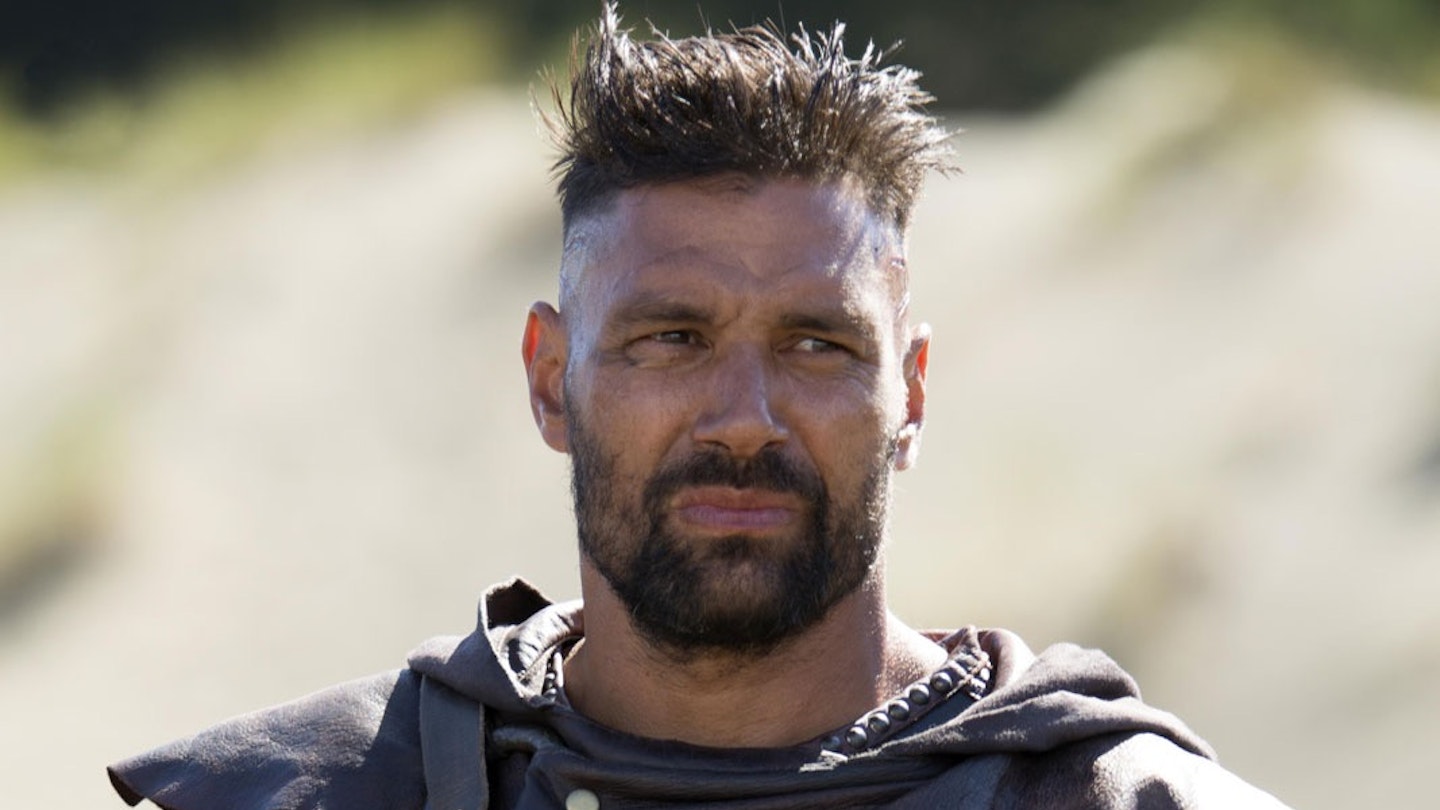MTV has a history of shaking up the television landscape. First by simply launching a network that made music videos a household concept, and then by pioneering the reality show genre with The Real World and its rotating cast of seven strangers living together. Now it’s done so again with The Shannara Chronicles, the fantasy series that has managed to surpass all previous ratings records for the network.
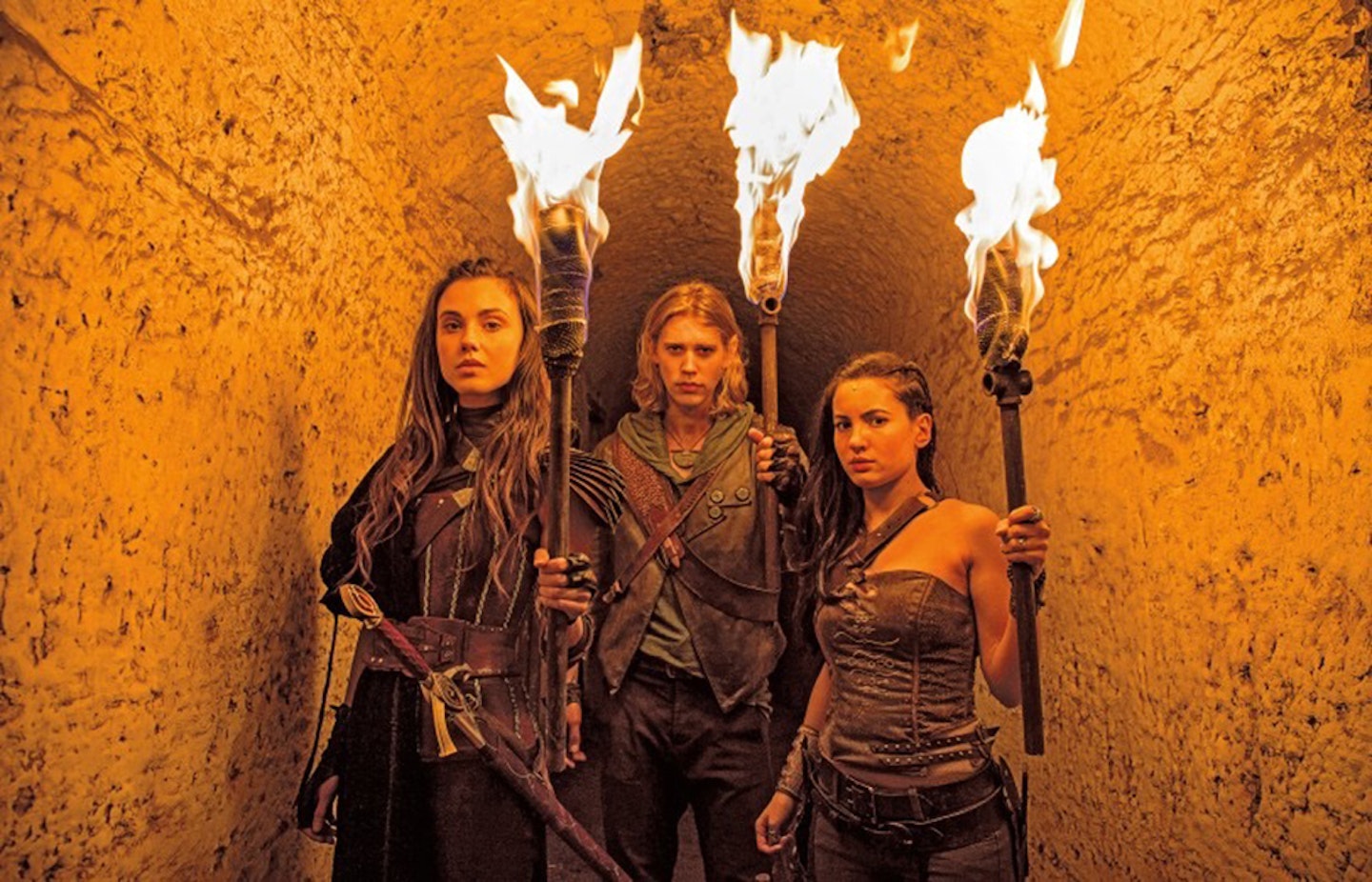
The Shannara Chronicles, based on the book series begun by author Terry Brooks in 1977, melds big-scope moviemaking with the intimacy of the television medium’s ability to delve in to and explore characters. It’s executive produced by Jon Favreau, Dan Farah (the forthcoming adaptation of Ernest Cline’s Ready Player One, to be directed by Steven Spielberg) and showrunners Al Gough and Miles Millar (Smallville, Into The Badlands).
The Shannara Chronicles is set on our world, many years after the destruction of civilization. Earth, now known as the Four Lands, is inhabited by the survivors of mankind as well as creatures of magic, predominantly the elven civilization. The backstory is that these creatures of magic have been here since the beginning of time, but have been in hiding since humanity became the master race, only to return once we destroyed ourselves.
At the heart of each book in the series is a member of Shannara family, whose descendants are empowered with ancient magic and whose adventures continuously reshape the future of the world. In season one of The Shannara Chronicles, an army of evil demons that have been locked away for centuries in a magical prison created by the elves have begun to escape and are bringing death and destruction upon the world. Young Wil Ohmsford (played by Austin Butler, first seen in The Carrie Diaries) learns he is the last of the Shannara bloodline and has undiscovered powers within him; the same powers his ancestors once used to rid the world of demons. Princess Amberle (played by Poppy Drayton, who guest starred on Downton Abbey) is the grand-daughter of the Elven King (played by the legendary John Rhys-Davies), and she is chosen to go on the quest needed to restore the magical prison. The only one fit to protect her on the journey is Wil, and so the two of them set off on a seemingly impossible quest to save the world, as demons and other obstacles stand in their way.
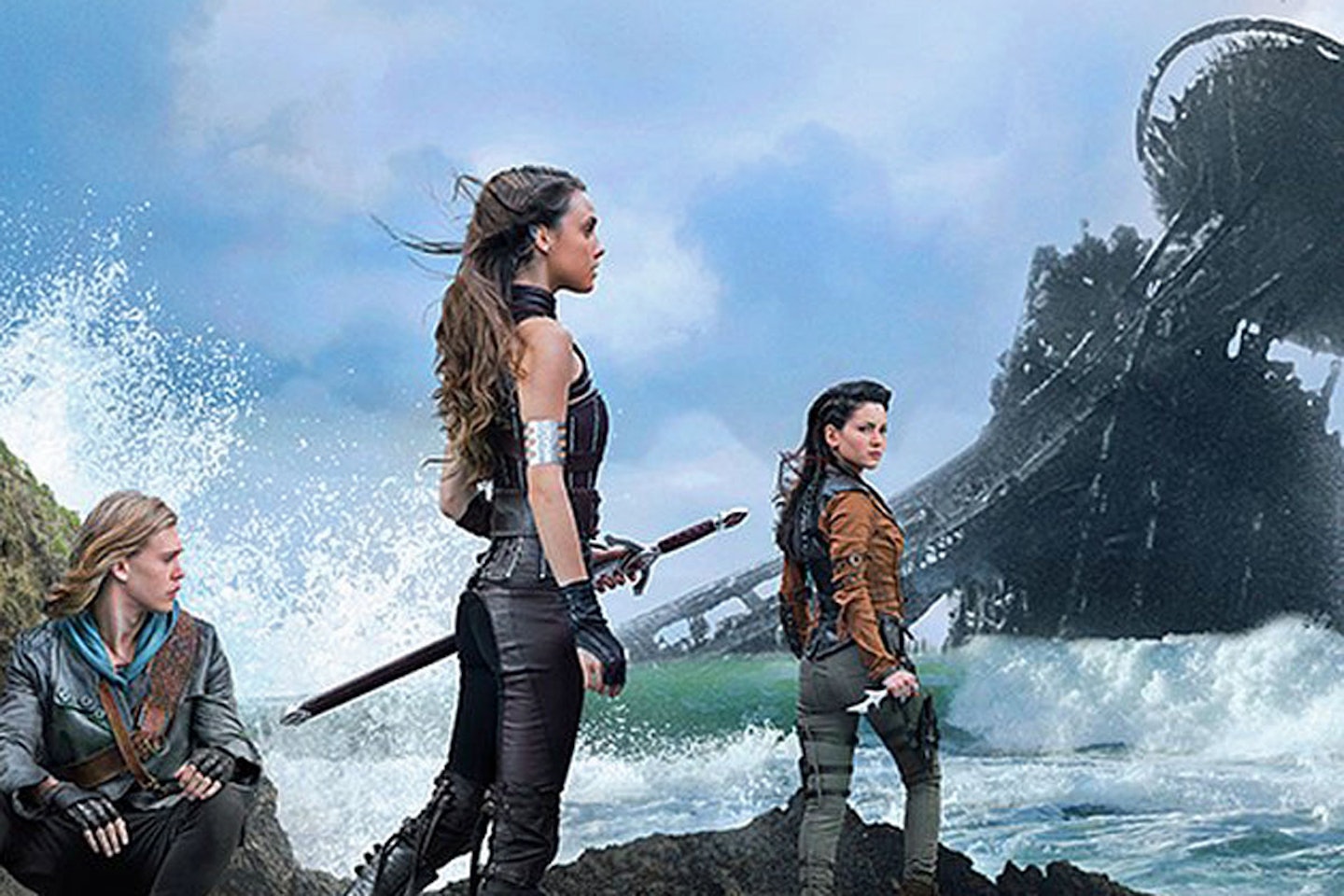
Aiding them on their journey is Allanon (played by Manu Bennett, known for his roles in Spartacus and Arrow), a druid who is thousands of years old, but keeps his youthful appearance. Linking up with Wil and Poppy on their journey is Eretria (played by Ivana Baquero, who starred in Pan’s Labyrinth), a human rover. Also populating the dangerous territory of the Four Lands that their journey takes them through are Gnomes and Trolls, mutated descendants of humanity, named after creatures from ancient fairy tales dating back to the reign of humanity.
We spoke to the cast and crew of The Shannara Chronicles to find out how the series came to be.
Terry Brooks (Author, Executive Producer): When I was younger, I got enamored of big, sweeping sagas; stories that sprawled all over the place and had all kinds of potential possibility for further adventures coupled with the adventure story concept. I was an English major in college and I did my senior thesis on William Faulkner. He basically told generational stories of these families living in Mississippi. The stories covered the span of decades and during that time period various generations came and went. So when I coupled my love for big, sprawling generational sagas with the Tolkien format of Lord Of The Rings, that's where the Shannara series was born.
Jonathan Liebsman (Director): I loved Shannara from when I was a teenager. I used to love fantasy books, so I was a fan. It's one of those books that's on the shelves of all your friends when you're a teenager. You wonder what this weird word means and then you read the book and understand why it's on everyone's shelf.
Al Gough (Executive Producer): What was great about Shannara is that Terry is a real old-fashioned, in the best sense of the word, storyteller. The story had a real pace to it and it just had a great world, which you hadn't seen in fantasy, which is our world in the future. The way Terry tells stories, it felt more Star Wars than Lord Of The Rings to me. If you think back, Star Wars was pitched as a princess, a farm boy, a rogue, and knights taking on an evil empire. It was a space fantasy. This one, when we read it, we recognized as a great story and we could totally see it as a 10-hour first season of a show. We said to Terry, "I don't know how they were ever going to do this as a movie. There's just too much story to tell." Even if you broke it up into several movies, there was a lot.
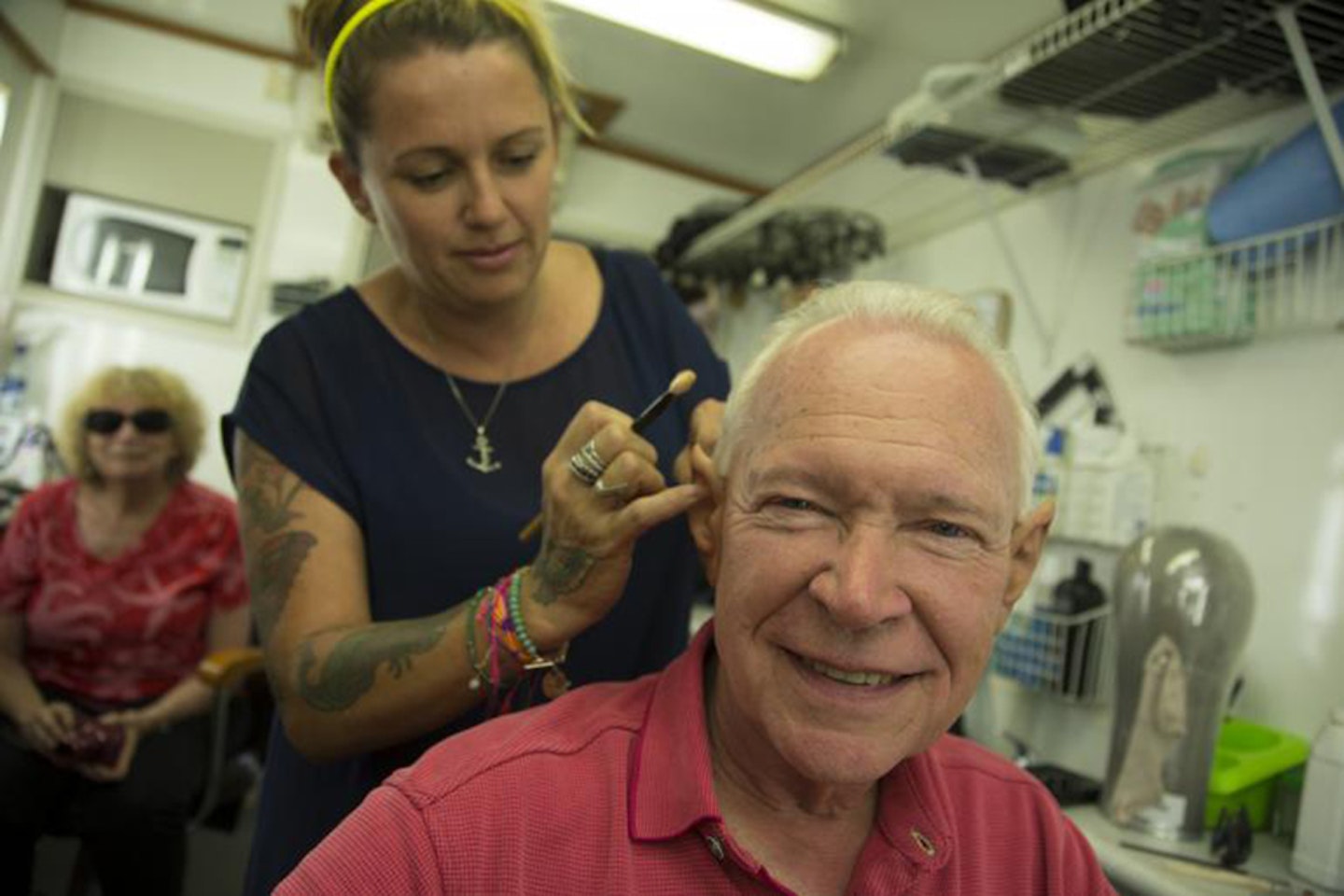
Brooks: Over the years, many people have talked about wanting to turn the Shannara books into movies. In 2007, I did a deal with Warner Bros. to develop a movie based on the books, but adapting any one book into just two hours proved difficult. When the option deal with Warner Bros. expired, I respectfully got all my rights back. The producer who had initially gotten Warner Bros. excited about the books is Dan Farah, and he and I developed a strong personal relationship. About a year or so after the Warner Bros. deal expired, Dan and I were talking about how the TV business was changing, and how networks were doing bigger budgeted programming.
Dan Farah (Executive Producer): One of the hurdles of adapting the Shannara books into a movie was figuring out how to trim any one book down to a two-hour movie when there was so much great story and world to explore. As the TV landscape started changing, and more movie-level programming became possible, Terry and I started talking about adapting the Shannara books for TV. The idea of having ten or more hours to explore each book's story got us really excited, and so Terry gave me the rights to see if I could put a show together. I’m grateful he trusted me with his books, and very proud of the amazing team and show that came together.
Gough: Obviously Game Of Thrones has proven the audience's ability to absorb long-form storytelling, which basically most fantasy book series are; they're densely packed storytelling. And visual effects have finally reached a point where you can actually achieve these worlds on a budget. It's still not easy, but you can do it. There are ways to do it so that you can give that feature-quality world-building where, when you look at the world, there are no seams. It all feels real. Nothing pulls you out of it.
Manu Bennett (Allanon): Our producer, Dan Farah, is the guy who said we could go to television with this. That's a huge decision by a producer to say, "Let's set a new bar." I feel he deserves a lot of recognition, because he's the one who's saying, "This is the next big property, and this is where it should be." Those are really the first steps. Without those seeds, none of this would happen.
Brooks: What happened next is all I could have hoped for. Dan put together the financing for a TV series through a partnership between his company and a financier called Sonar Entertainment. Farah and Sonar then put together a home run team, consisting of the veteran showrunners/writers Miles Millar and Al Gough, and the big feature film director/producer Jon Favreau.
Farah: My company, Farah Films, and Sonar partnered up in 2012 to develop and produce a television adaptation of the Shannara books. We started meeting show-runners and in that process we met Miles Millar and Al Gough who had created and run Smallville. It was a great meeting of the minds and they came on board to be our lead writers/show-runners. We then met with potential directors and that process led us to Jon Favreau, who was a big fan of the books. Jon came on board to direct the first episode and Exec Produce with us.
Eventually, we partnered with MTV and got the green-light to go straight to series, but Jon’s shooting schedule for Jungle Book prevented him from being able to direct. So that’s when when Jonathan Liebesman came onto our team. Jonathan had just directed the very successful Teenage Mutant Ninja Turtles movie for Paramount, and loved the Shannara books and the scripts Al and Miles had written at that point. He came on to direct the first two episodes and Exec produce with us.
Miles Millar (Executive Producer): We were both going on vacation and were given the books. We read them that week and both loved it in terms of its potential. One, there were really interesting characters, particularly female characters in this book, The Elfstones Of Shannara, and the story really would make a complete season. It had a great start and a great ending. As a writer, it's always nice to have that foundation.

Gough: I tell Terry, "You wrote this book 30 some years ago and you have all the key ingredients," which are strong female characters and a triangle in the middle of it, which is something you don't see in fantasy very often, between two girls and a boy. On top of that, you have this world, which is our world in the future, so it gives it a science fiction kind of bent as well, which is really cool. And then you have a horror element with these demons which are attacking, which gives it an edge. Elfstones Of Shannara has just the right ingredients.
Brooks: With Elfstones, I decided to construct a story with two strong female characters and to create a triangle, though not a traditional kind of triangle. It would be different and their motivations would be different. I wanted some kind of love story. From there I came up with a story that had to do with the fact that the elves were dealing with a barrier created during the Age Of Faeries to contain creatures, which was threatening to break down and set them free. Overall, Elfstones is about responsibility for yourself and others, and how far you're willing to take responsibility for what you know is right. You're the little man, you're going to get kicked, you have no chance, but you somehow find the strength to do what you have to do. So those are all part and parcel of the story. And I wanted some kind of an epic battle, so that became part of it, too.
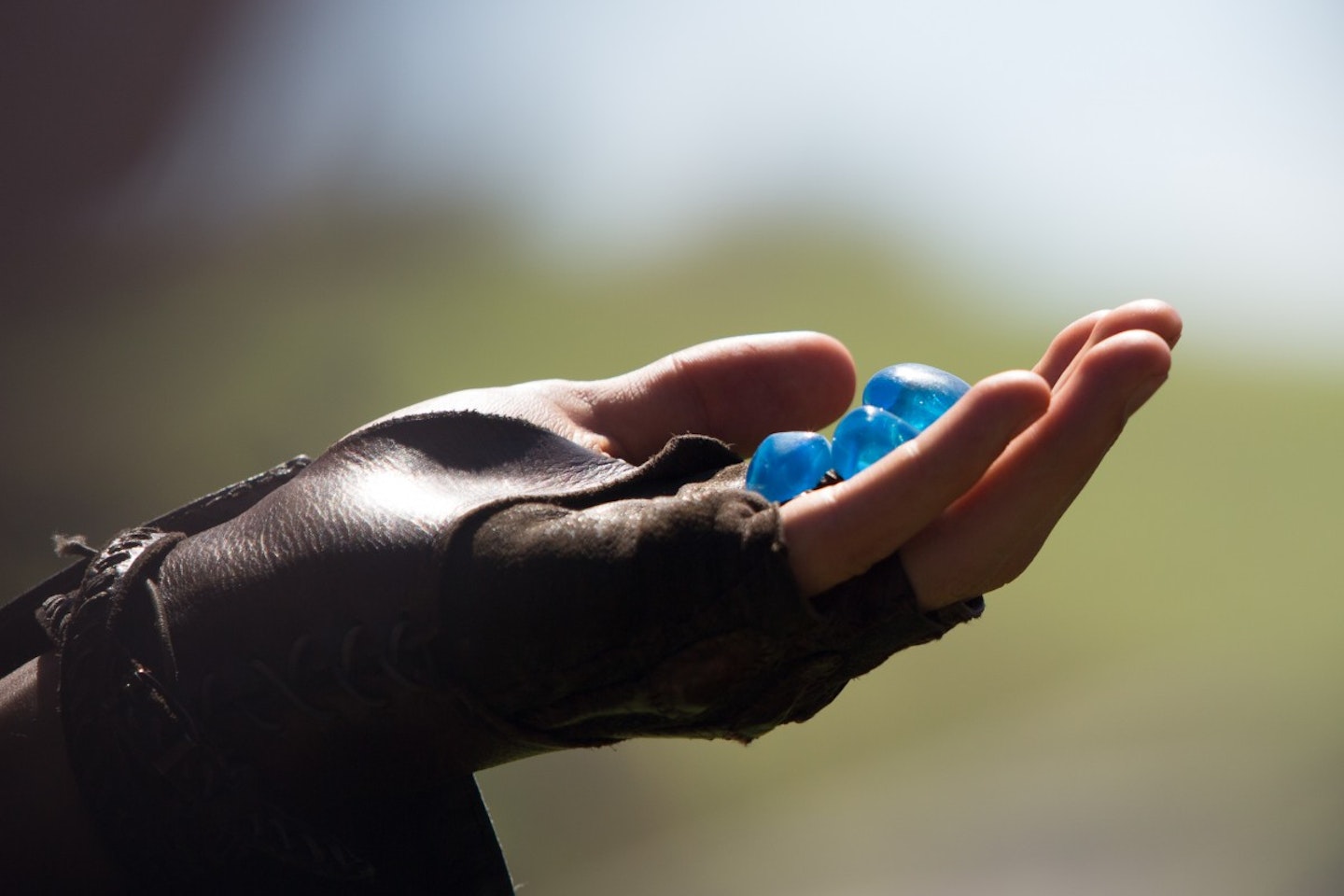
Millar: Terry provided us flexibility that we could change what we needed to change and make it our own in many ways, while we remain deeply respectful to the source story, his characters and all those others things. So it was actually a really good collaboration.
Brooks: The easiest way to explain that is to tell you that I wrote that book a long time ago and I let go of it a long time ago. For me, as a book writer, I'm always looking ahead, so I'm twenty-some books ahead of that book, on a new book, and I'm writing something new right now. I can be excited about the adaptation without being critical.
John Rhys-Davies (King Eventine Elessedil): This is a fantastic show. I've been around a number of very good shows, like Shogun and Raiders Of The Lost Ark and Lord Of The Rings and a few other bits and bobs. You get the smell of the great ones after a while when you do them, and I think this is going to be one of the most remarkable shows on television. What it has is the big screen qualities that you expect from one of those epic Lord Of The Rings shows, and I think it's going to be directly comparable in terms of complexity and seductiveness. The casting is brilliant. They're all eye candy, but here's the difference: they're eye candy with real acting talent as well. It's a fantastic show that starts off, of course, with a very strong and good literary work. And I think it probably even exceeds it, perhaps.
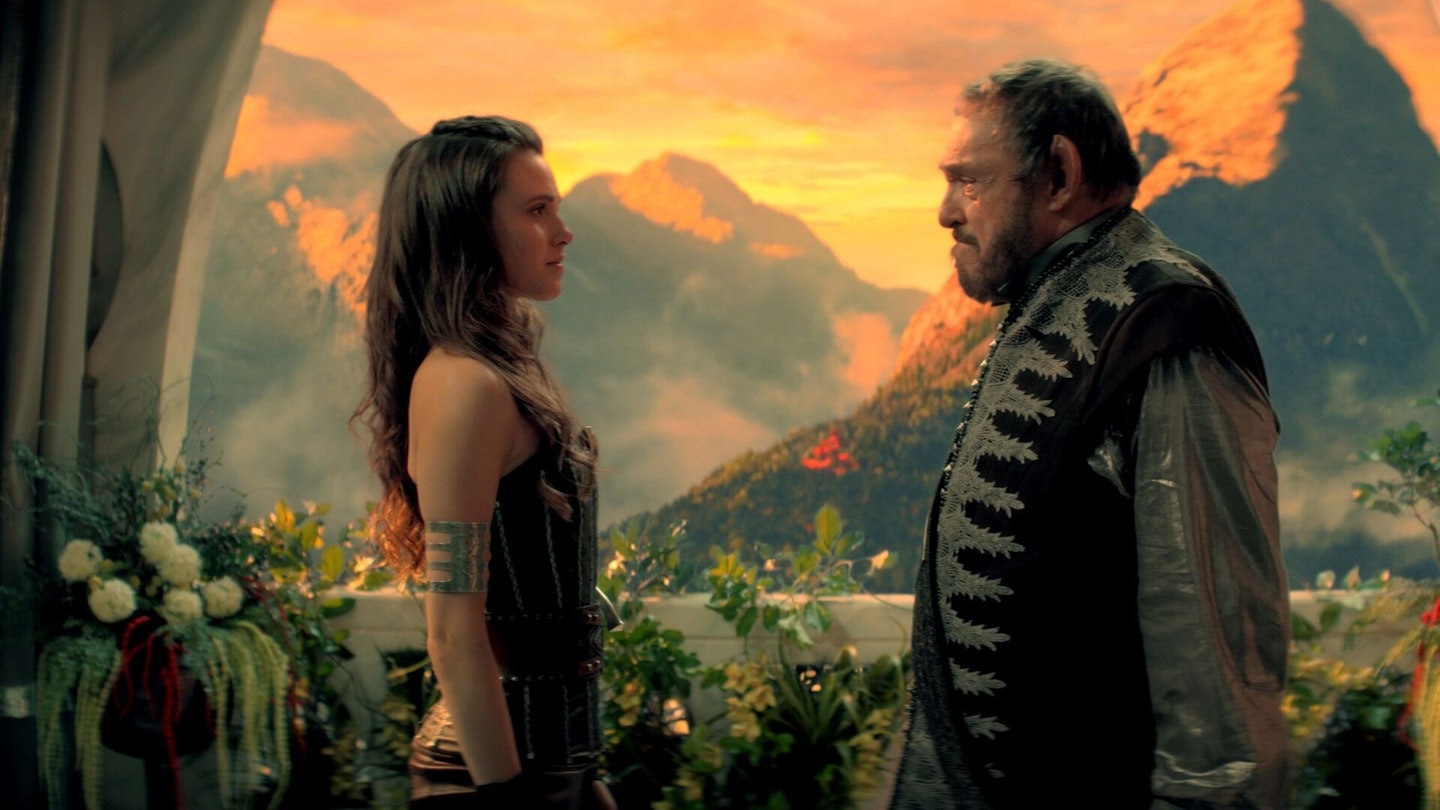
Brooks: Wil Ohmsford, who is the child of the hero of the first book [The Sword Of Shannara], is the main lead, and there are two women: one is an Elven princess, part of the Elessedil family, named Amberle; and Eritrea is a 'rover' [nomadic] girl who has an important role in what happens in the story. Those are the three main ones. And then there's the druid, Allanon, from the first book; and King Elessedil, among others.
Farah: At the end of the day, the characters are the most important element to any show, and we have incredibly strong characters. They were strong in the books Terry wrote, and Al and Miles elevated those characters even further. We were also very lucky in finding the perfect actors for each character.
Gough: We spent a very long time casting this show. Austin Butler is a great combination; he's obviously an incredibly good-looking kid, but he has incredible empathy and he can be funny. It's a rare combination to find that in a young actor.
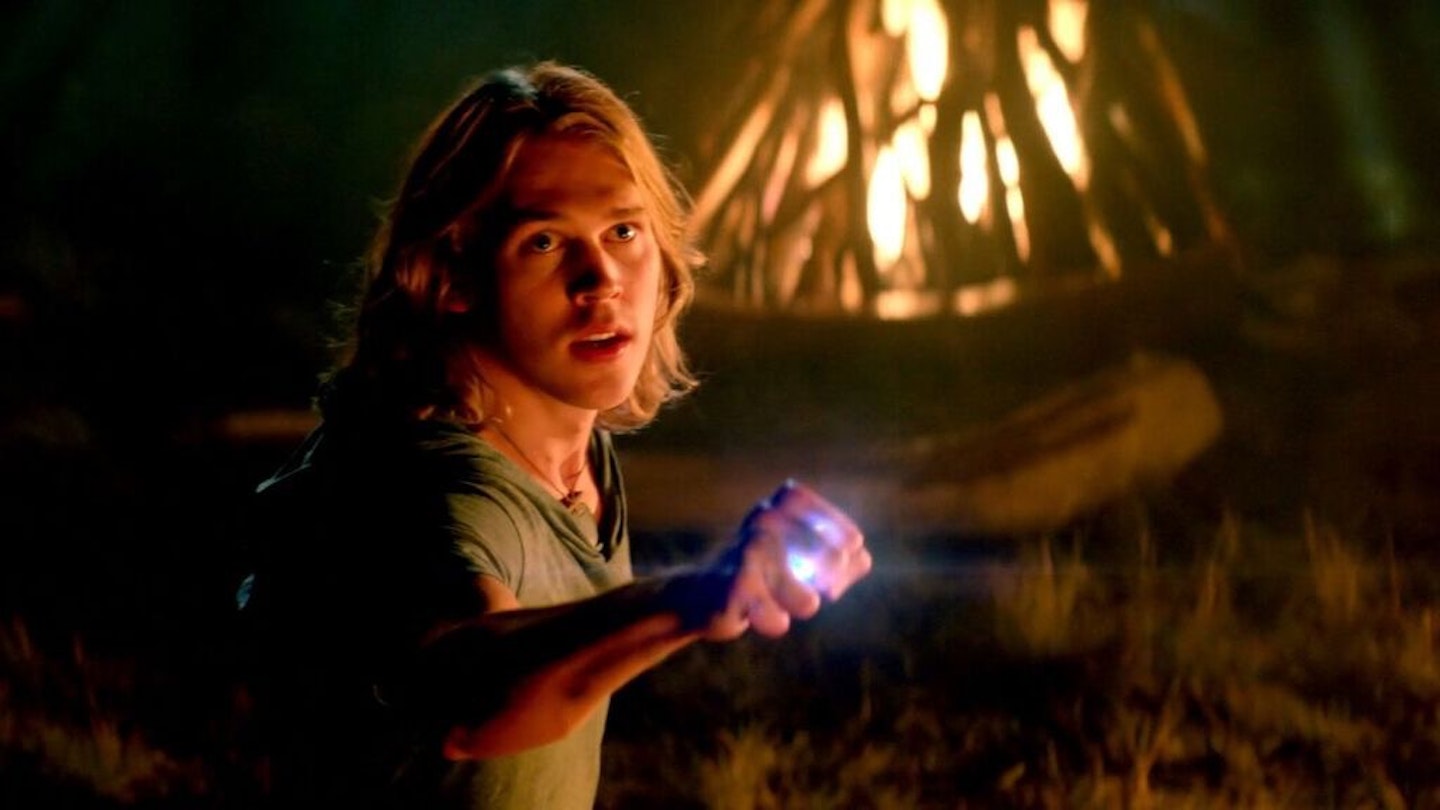
Austin Butler (Wil Ohmsford): Wil is a farm boy who has never been more than five miles outside of his little village. In the beginning of the story, all he can think about is protecting his mom, who's very sick. He thinks that his place in the world is to become a healer and that's what will give him security. While he's on a journey to go become a healer, he gets pulled off of that journey by Allanon, this druid, who says, 'Your ancestors were kings and warriors,' but Wil doesn't feel that way. In a sense, his responsibility is to save the world, and he gets sent on this quest to save the world with the princess. That's the story.
Gough: Poppy Drayton, who plays Princess Amberle, is British-trained. She had a small role in Downton Abbey and she's one of these young actresses to come out that you're just, like, "Where has she been?" She's a real discovery.
Poppy Drayton (Princess Amberle): She's the princess of Aborlon, and basically discovers pretty early on that she has this overwhelming responsibility to try and save the Four Lands. It's all about her discovering this and then coming to terms with this huge weight of responsibility that's just been dumped on her shoulders.
Gough: Ivana Baquero is also fantastic playing Eretria, a rover. She's a really, really good Spanish actress and somebody who hasn't been on American television before. What's nice about this situation is these are faces that you haven't seen on 50 other shows.
Ivana Baquero (Eretria): Eretria is one of the few humans that exist in the Four Lands, because it takes place in an apocalyptic world where most humans have already been extinguished. I'm from a rover clan and rovers are a nomadic group of thieves that rove around the Four Lands stealing and being a bit naughty, so they have a really bad reputation. She comes from a very abusive background – a very dark background – but everything starts to change for her the moment she meets Wil and Amberle. From that moment on, her horizon suddenly opens and she starts doubting everything she's ever known. Her journey in the show is so much fun to play, because she's such a badass, but she's got such a big heart, too.
Gough: Manu Bennett, who plays Allanon, is obviously big in the genre world from Spartacus to The Hobbit and Arrow. He brings a real gravitas to Allanon. Even though he's so well known because of these other shows, this could really break him out as well.
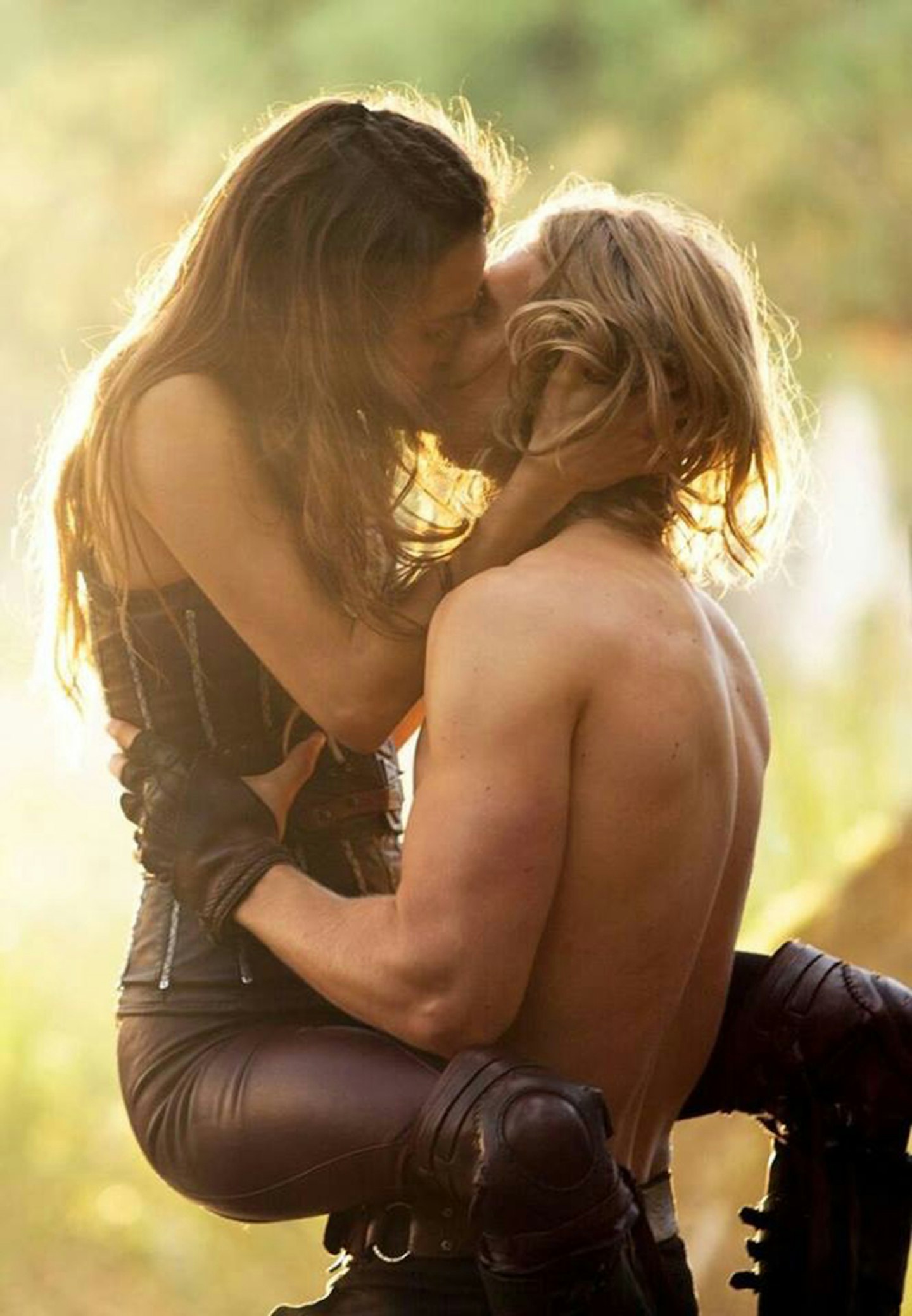
Bennett: From an acting perspective, your career path is governed by how fortunate you are to work with the higher rank production people. Whether it be the producers or the people who are in the practical and artistic world, our job is to get in there and act. You can put me in a student movie or a student film and I'll go in and do the best acting I can. But when you're standing with people like Peter Jackson or working with Warner Bros. with Arrow, or in this environment now with Shannara, it's pretty incredible.
Gough: Obviously John Rhys-Davies brings all that great *Lord Of The Rings *and Indiana Jones credibility. I would say he is our version of what Lucas did with casting Alec Guinness in Star Wars. He's so good.
Millar: John lives in New Zealand, but he was reluctant to do it. He came in, we showed him the sets, told him about the role, told him about the books and he said, "You know what? I didn't want to do it, but I read the script and it's damn good." He had been stung by television in the past, but he had an amazing experience here and I think he was like the grandfather on the set to these young actors. A real mentor figure.
Rhys-Davies: To be honest, I'm not really fond of fantasy. I tend to be more of a sci-fi guy, so I was a little bit leery about this, but it won me over. When you do a show, you think, "If I was producing it, I wouldn't have done that." "Oh, really? That's an odd choice." "It's weak casting there." "Please, somebody direct him there." With this I kept thinking to myself, "There is no call that's been made on this show so far that I would second-guess." That's an enormous tribute to the producers. They have done their homework.
Butler: He offered a couple of pieces of advice to us. He said to always try to keep your props. He kept the props from Lord Of The Rings and he's very happy that he did. He said to make friends with the on-set photographer, because he's so happy that he did that on Lord Of The Rings. He got pictures with his axe and things like that. Those are the things you don't think about on the day, because you're just so focused that you think, "Oh, I don't have time for pictures." That's actually a cool memory to get.
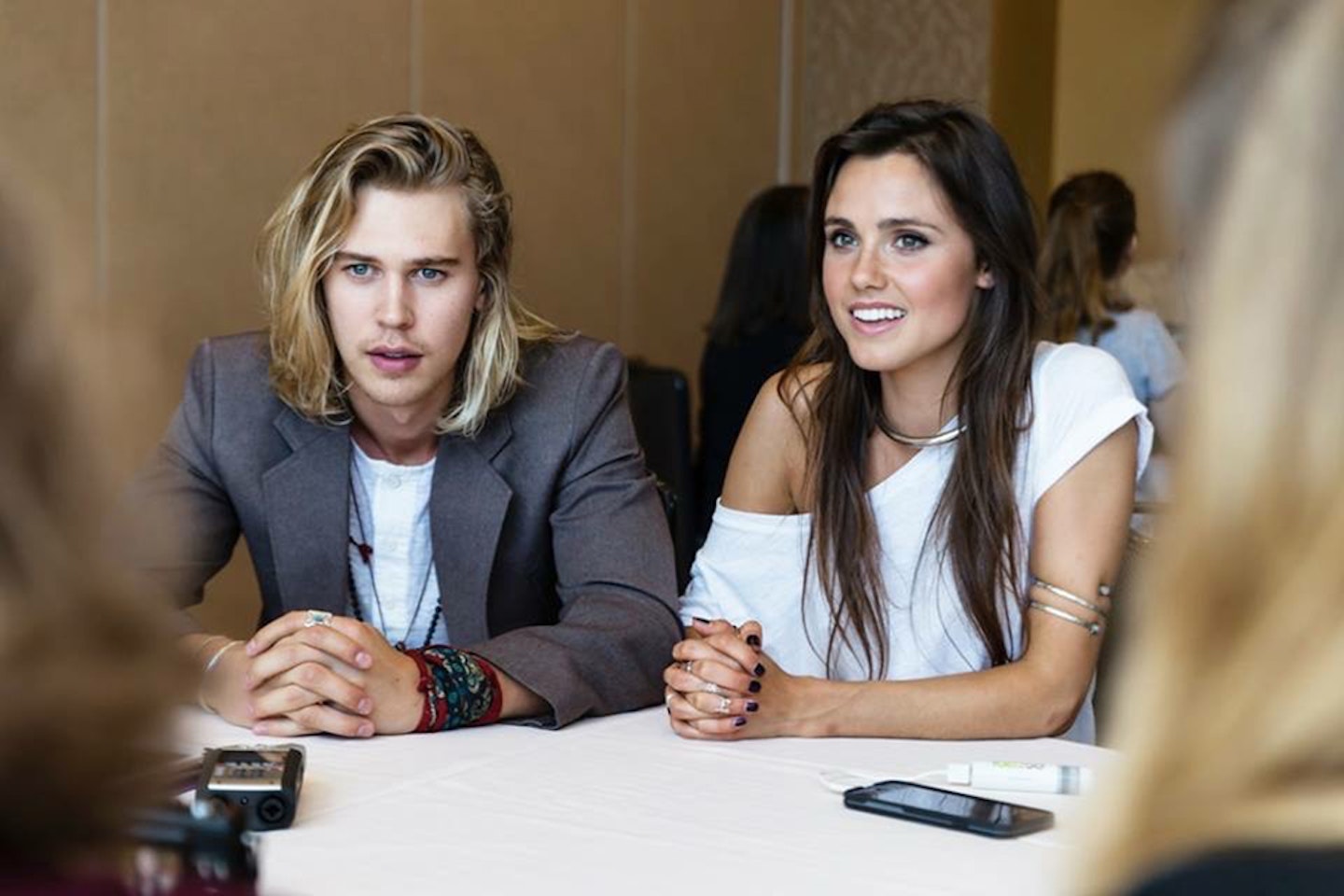
Drayton: He's full of little nuggets of wisdom, even on our first read through. We had our first reading where we all sat around at MTV. We're on the speaker phone and he's listening to us all read through the script. I just remember Austin and I were standing there with notebooks as John imparted wisdom and I felt like I'd gone back to school. We were just making notes and it was wonderful. I just wanted to absorb his brain and everything that he knows.
Butler: Then all of a sudden he starts quoting Shakespeare and these soliloquies that just go on and on, and you're saying, "Wow, this guy has got all of this in his brain." It's incredible. And he has such kind eyes.
Drayton: Little twinkly eyes.
Rhys-Davies: There were times when, unfortunately, I've interfered, yes, but by and large your job is to say, "Good. That's great. Go further. Push it further. Don't be sulky. Don't be sad about yourself. Be mad at yourself, not sad at yourself." I'd say that in the short time I was over there, which was a little over a week, watching them film and talking to the crew and talking to the people that weren't actually on the acting side of things, that I heard over and over again how helpful everybody was to everybody, and what good camaraderie there was between the actors. I have a feeling that's probably not always true.
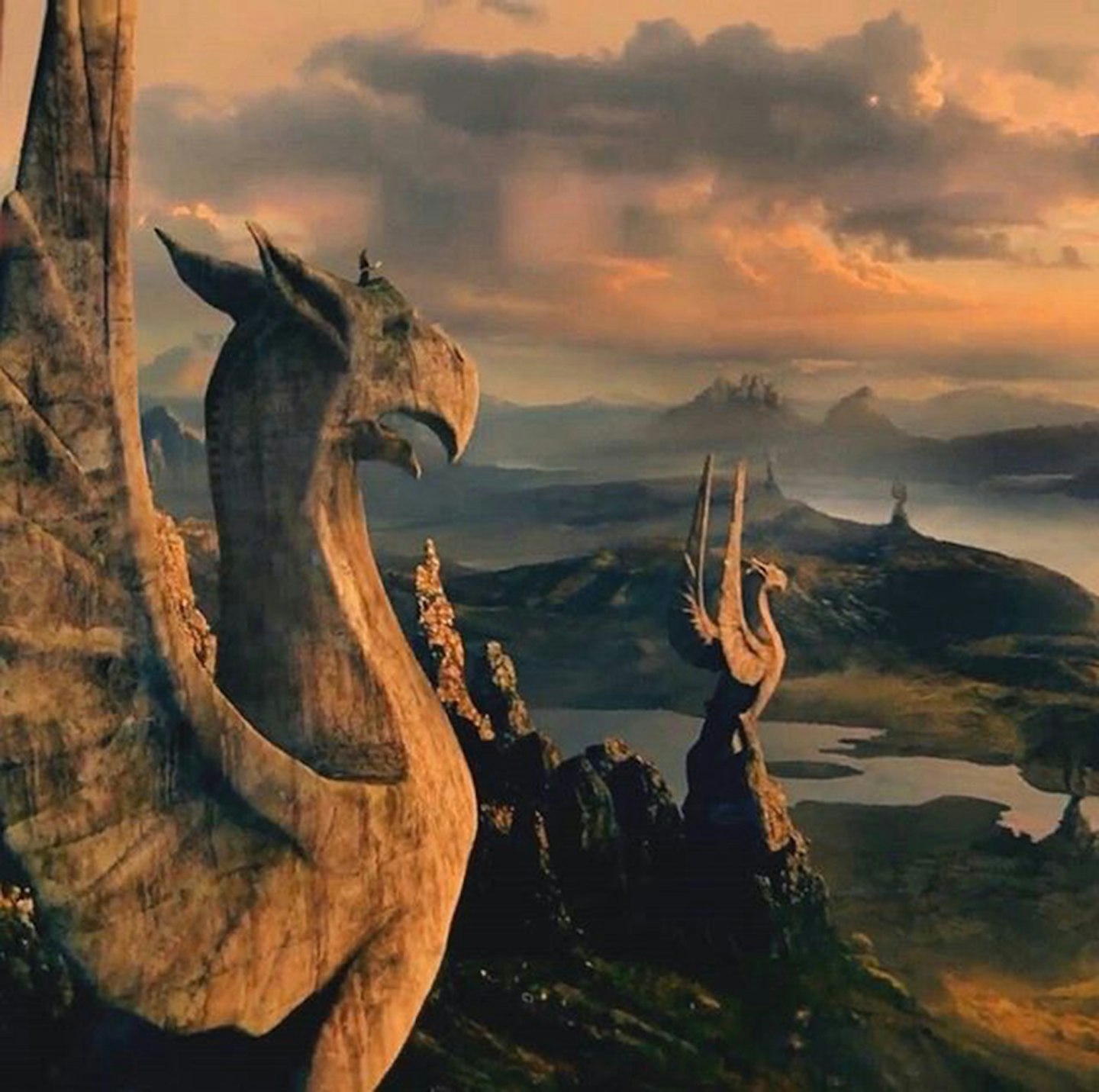
Gough: There's a reason we shoot The Shannara Chronicles in New Zealand. Part of it is because we want a good landscape and part of it is because it actually makes the production doable and allows us to do so much more than we would be able to do if we were shooting it in California or Atlanta or New Orleans.
Millar: Those landscapes also speak to something different, something otherworldly. We always talk about this show in the same way as Star Wars, that it's a mix of CG and practical effects that work together. Our gnome characters are just aesthetic; we didn't go fully CG. Whereas our Furie, which is one of our beasts, is fully CG and it's awesome. But it took three months of design work and conception, going through 50 different versions of what our Furie would be that makes it different, distinct and unique, and then how do we bring that to life in that when you see it, it looks just as good as any movie? So it's just giving it the time, the attention to detail, finding the right people and not settling that can distinguish it in terms of the TV shows that rush it or don't have the attention to detail or the ambition. "It's just TV" is never our mantra.
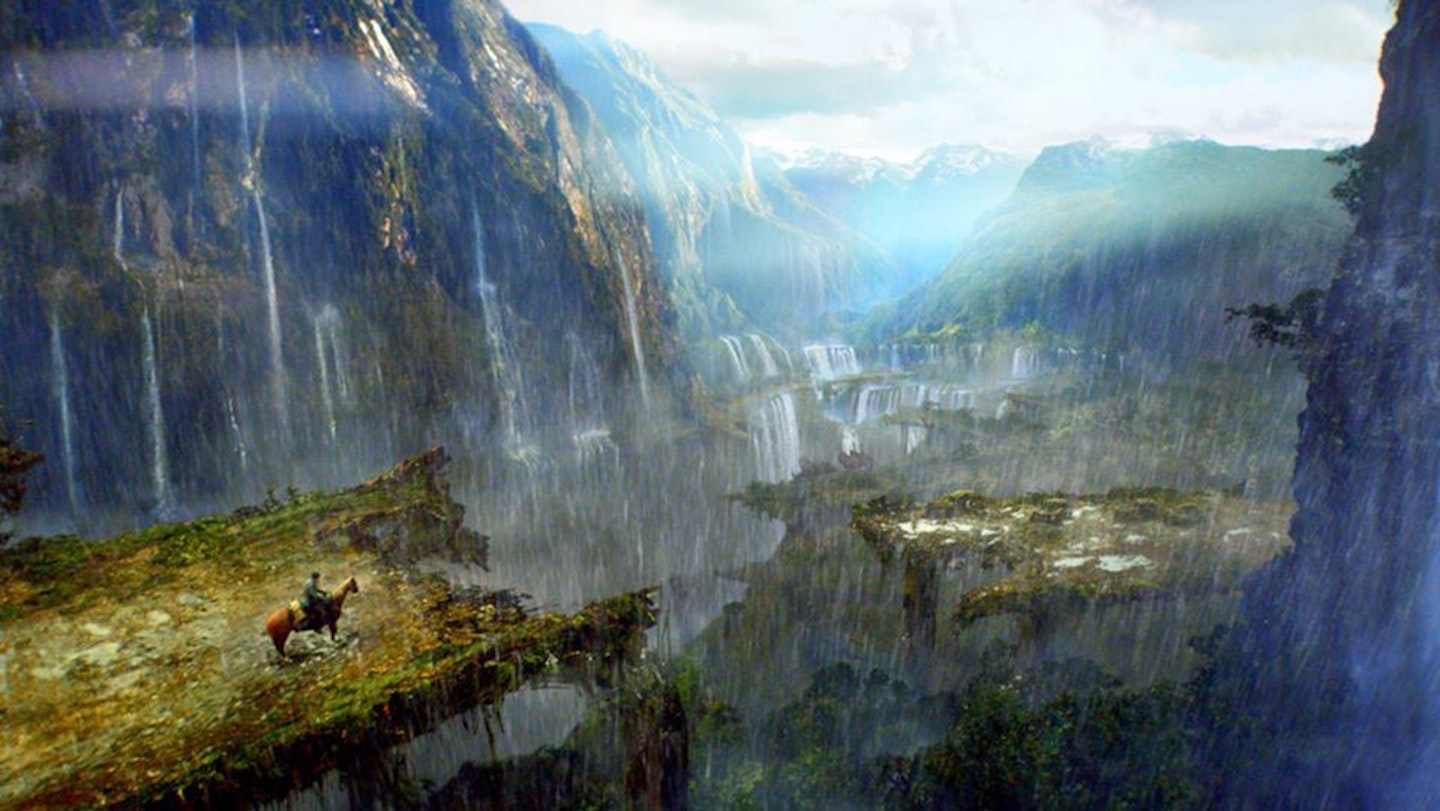
Trent Smith (Visual Effects Supervisor): One of the biggest things was coming up with the ‘changeling’ character. It’s easy to describe a shape-shifting creature, but to actually create that and get a visual out of it so people can see it, was very challenging. We definitely went through a lot of R&D on what this creature could look like, because not only did we want it to be something frightening, but we also wanted it to be something very smart and intelligible. That whole story point in the series of that character going in and manipulating other people is so important that it’s not just an animal. It’s not just a dog or something. You have to have intelligence behind it, so coming up with something that feels frightening but that you can believe had intelligence was extremely challenging. And then, once you get past that, just the structure of how this thing would shift back and forth into new creatures. We are going for everything at feature quality and that was an additional challenge, to not just step back into the old television standard and make something simpler. We wanted it to be a huge event and to see this creature in all its glory.
Gough: We really did not want to do a fully CG environment. We wanted to build practical sets on practical locations. We looked back at Star Wars, actually, as our touchstone. There’s more in common with Star Wars than Lord Of The Rings. It’s fantasy, but also science-fiction, so everything has to have a slight futuristic edge. The Elven palace looks like a palace, but has that futuristic edge; there’s crystal technology. It’s really looking for ways to distinguish the look and the visualisation of the show into production design so that it felt different and original. Our quest as creators was to find an original vision for the show, which I think we achieved in terms of the creature design, production design, wardrobe, props…all of those elements. So it doesn’t feel like Game Of Thrones or Lord Of The Rings. It feels unique.
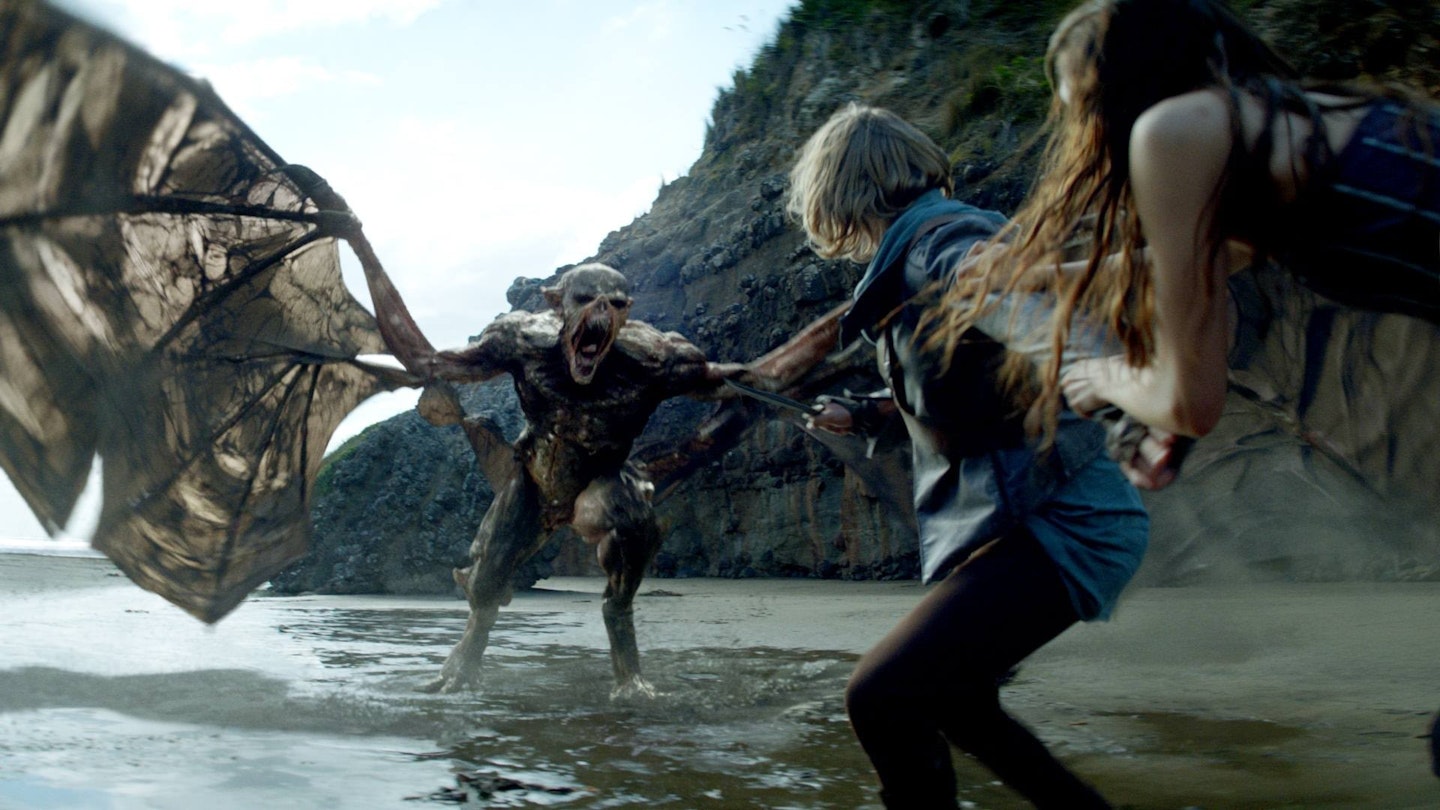
Millar: As a result of that desire, there were many conversations about set design, production design, the concept for the cities, for the world. How do we create that? The wardrobe is fantasy, but it has a futuristic edge — and that’s where we really took our lead. So it has that fantasy of the future, but a with a contemporary edge. It’s a really great and weird combination that was difficult to achieve.
Jane Holland (Costume Designer): One of the places I started with was, "What are the rules of the world?" Yes, we were projected into the future, but it’s a world of no technology, so that really put us into defining the way that things might be made and what they might be made from. Everything has a kind of handmade feeling rather than a manufactured feeling to it. Also, the materials are natural. We ended up using a lot of leather, which is appropriate to the world but also practically a real material because all of our characters had signature costumes that had to perform through all types of different environments.
Robert Gillies (Production Designer): When I sat down to work on this show, I started with the Ellcrys tree. At the center of the story was this 5,000-year-old tree, which is almost like a character. So I put my point of the compass in place to get a feel for that and began drawing like a maniac. As a designer, you put it out there to the other guys and then everyone can put their thoughts down about it and everything grows from there.
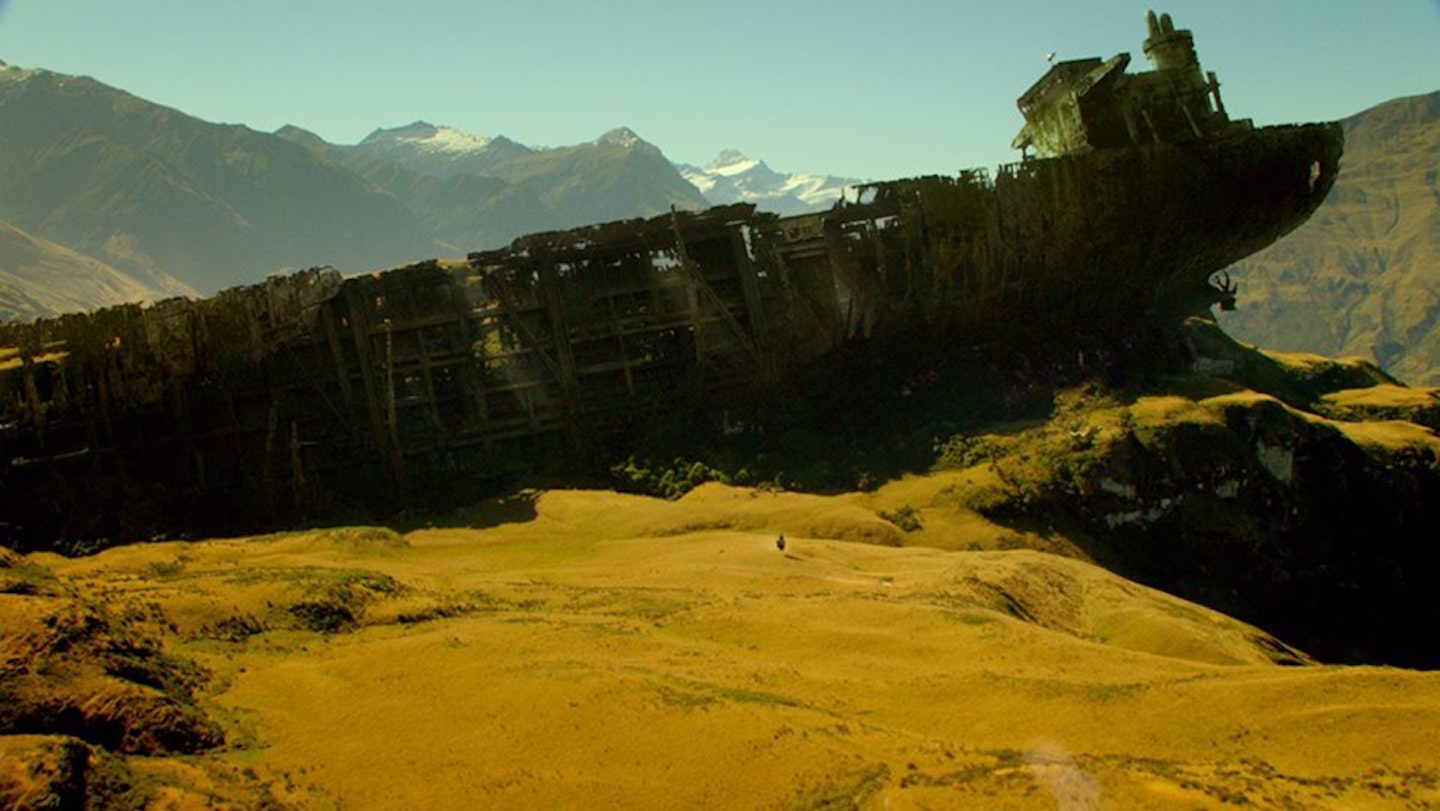
Gough: MTV wanted to take a big swing, and that’s as big a part of this story as anything else. People see the trailer, and then MTV’s logo pops up and they simply can’t believe it.
Rod Park (Visual Effects Producer): This is a very ambitious project for MTV and I think it’s really going to change the way people view the network. Now that people have started seeing the show, I think they’re really going to look at MTV in a different light.
Farah: One of the strengths of MTV is its ability to consistently reinvent and stay connected to the ever-changing pop culture zeitgeist. That’s proven once again with The Shannara Chronicles, which is a truly epic fantasy event series with the biggest budget in the history of the network. We are also proud of the fact that The Shannara Chronicles is not only drawing MTV’s traditional young demographic, it is also bringing a more mature audience, which grew up watching MTV and is once again tuning into the network. It’s really exciting to be a part of such a smart and strategic new chapter for the network.
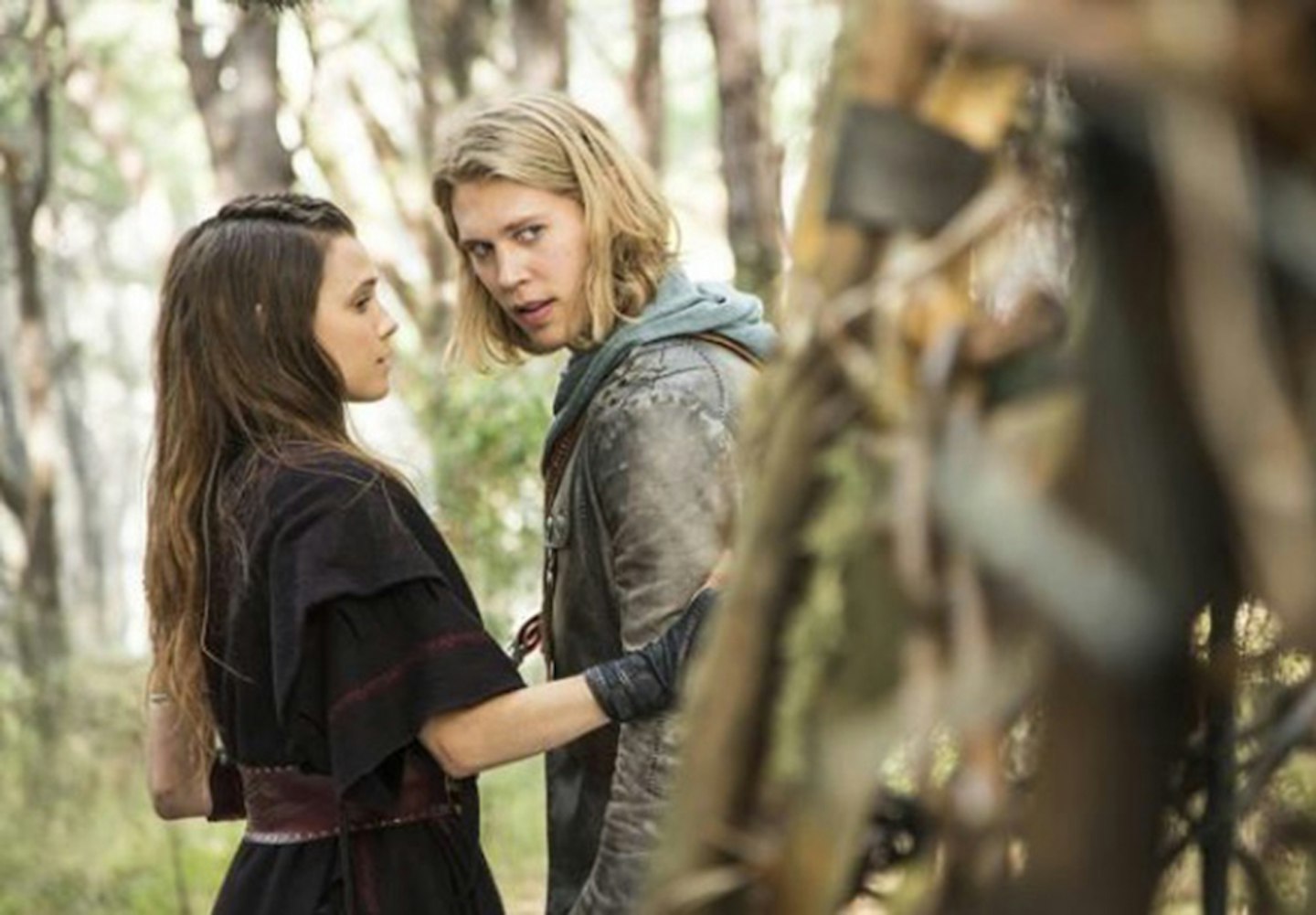
Farah: The series feels and looks like a movie. When people watch the show, they’re going to feel like they’re getting the level of entertainment they would get if they went to the movie theatre and paid 15 bucks. They’re going to get that at home on their couch every week, and I think that’s pretty awesome.
Bennett: It’s a whole different universe and world when you read a passage that says, "They walk through the jungle and suddenly come across an opening, and through the opening they see the ruins of the Golden Gate Bridge. They’re now in San Francisco." You read that page and you have to ask yourself: Is this really television?
In America, The Shannara Chronicles airs Tuesday nights on MTV.
